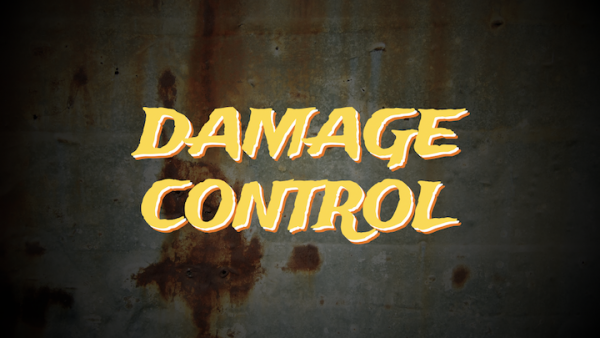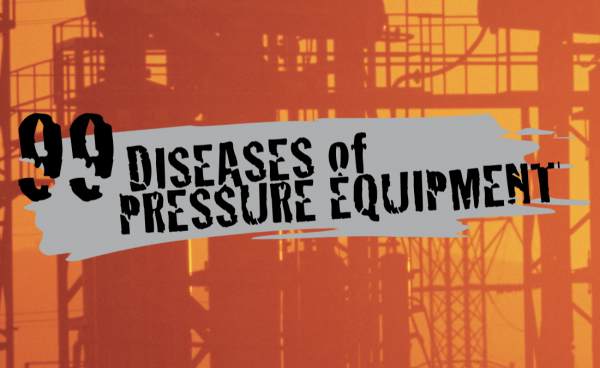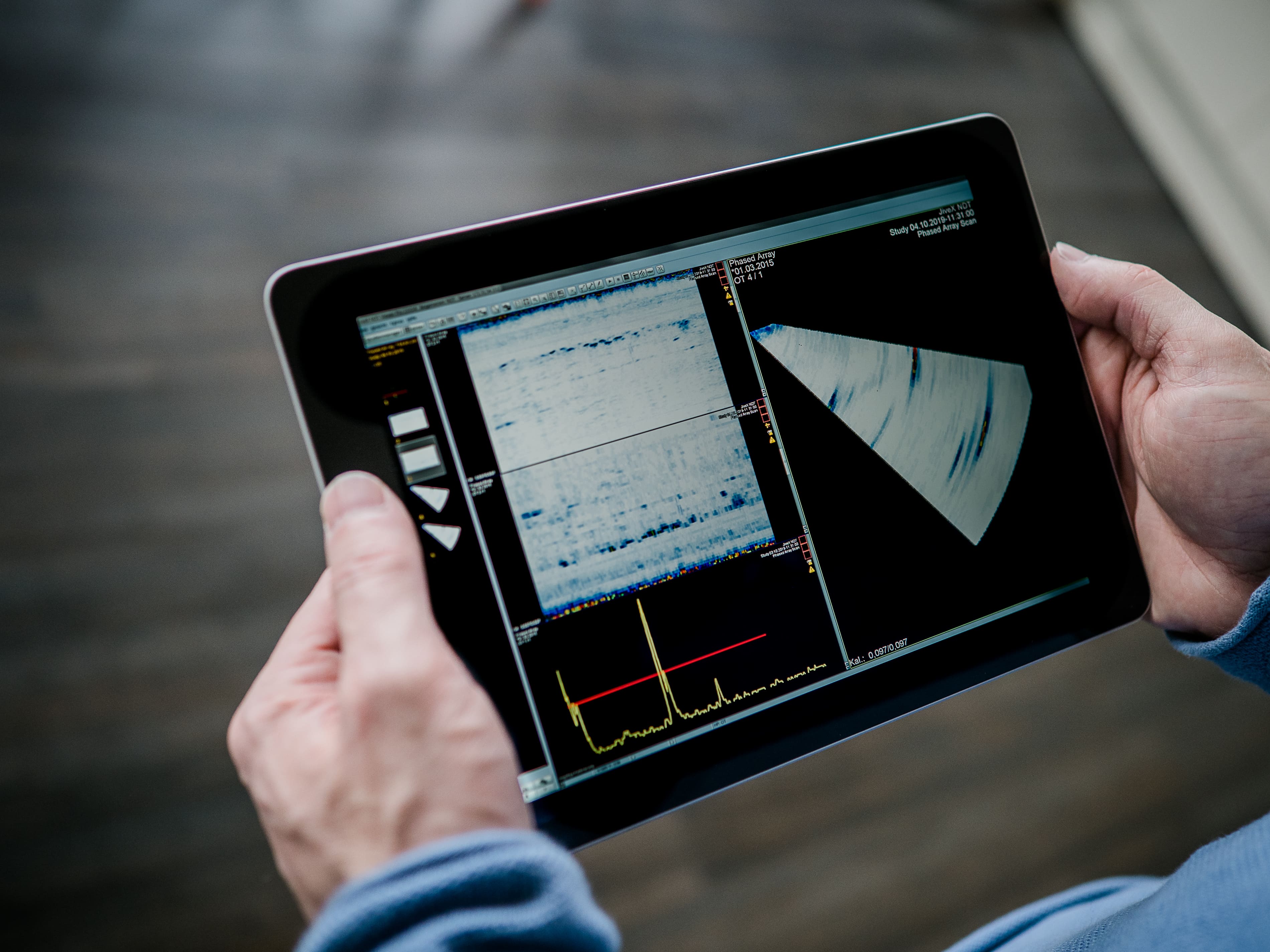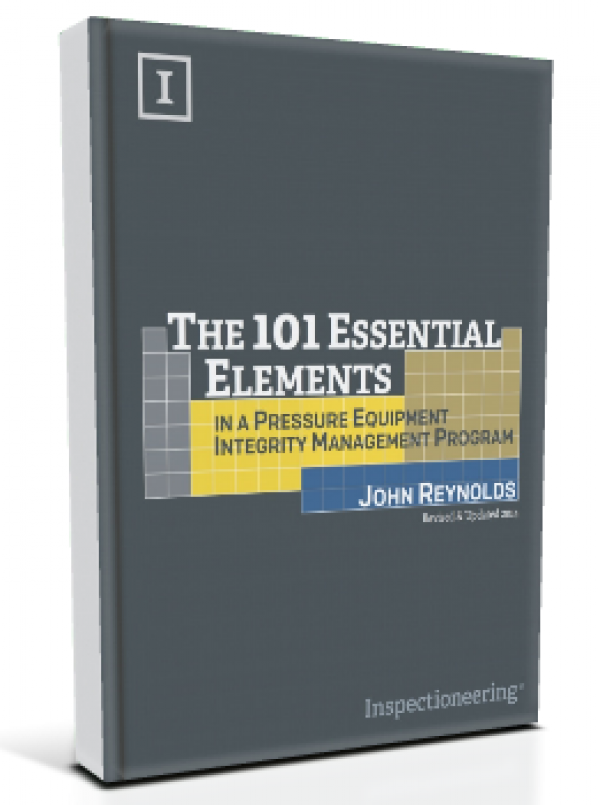Weld Overlay (WOL), also known as cladding, hardfacing, weld cladding, or weld overlay cladding, is a process where one or more metals are joined together via welding to the surface of a base metal as a layer. This is normally done to improve the material by adding either a corrosion resistant or hardfacing layer to it. Surfaces prepared in this way can even be highly customized by layering and alloying multiple different materials together.
There exist several different methods for weld overlay, each with their own unique applications and uses. Deciding on a specific technique is dependant on the access, welding position, alloy type, and dissolution rate of the component along with one's own economic situation. The main methods of weld overlay are: shielded metal arc welding, CO2 welding, Metal Inert Gas (MIG) welding/Tungsten Inert Gas (TIG) welding, Submerged arc welding, and Plasma Transferred Arc (PTA) welding.
The most common of these is shielded metal arc welding, which is most commonly used with ferrous materials and employs rods as weld material. For this method the core wire is covered with a coating that adds special elements to weld metal and the weld metal is protected by slag created during welding.
With CO2 welding, which is sometimes known as Metal Active Gas (MAG) or semi-automatic welding, the CO2 shield gas atmosphere protects the material from oxidation. For this process weld materials can consist of solid wire, metal-cored wire, and flux-cored wire. Because welding wire is used for the weld material, continuous welding is possible.
Metal Inert Gas (MIG) welding, which is sometimes known as Tungsten Inert Gas (TIG) or simply insert gas welding, is largely the same as semi-automatic welding except that during this process the area to be welded is shielded by an inert gas. It is primarily used with non-ferrous materials.
The final method is Plasma Transferred Arc (PTA) welding. Like TIG welding, an arc is generated from a non-consumable tungsten electrode and welding is performed with flux supplied externally into the arc. This method is possibly the most complex but it is capable of overlaying of hard complex carbide alloys, something that is difficult to do with most of the other methods. Since with PTA welding the weld material is a powder, these material powders can be blended to create original flux for easy overlay welding as well.
Weld overlay is commonly used within the gas industry and can be used on components as diverse as pipes, fittings, valves, and vessels. While most components have a certain amount of corrosion allowance built in, wastage rates can still be excessive for certain materials. Thus weld overlay provides surface protection while still allowing the internal component enough strength to meet appropriate codes and standards.
Related Topics
Relevant Links
Topic Tools
Share this Topic
Contribute to Definition
We welcome updates to this Integripedia definition from the Inspectioneering community. Click the link below to submit any recommended changes for Inspectioneering's team of editors to review.
Contribute to Definition




















